If you’re growing cantaloupes in your garden, get ready for a mouthwatering delight.
But wait!
In order to grow tasty and flavorful cantaloupes, there is a gardening secret that many aren’t aware of. Did you know that you can grow certain companion plants for cantaloupe that help them grow well?
You might think cantaloupe plants need their own space to grow healthy, but that’s not true at all!
Just like friends on the playground, some companion plants get along amazingly with cantaloupes.
Best cantaloupe companion plants are like superheroes that keep pesky pests away and bring friendly pollinators to help your garden flourish.
In this article, we’ll explore the concept of companion planting for cantaloupe plants and discover which plants make ideal companions for cantaloupes.
So, without wasting a minute, let’s dash ahead towards it.
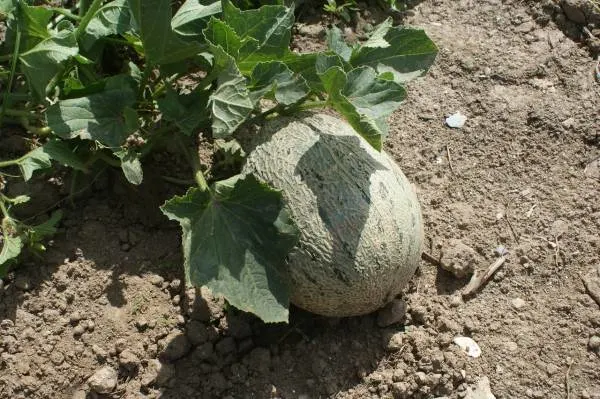
What is Companion Planting?
Companion planting is like putting good neighbors next to each other. They have got each other’s backs, just like those clever plants that release pleasant scents to repel pests.
Good companion plants are a secret weapon against bugs!
Some plants are the soil superheroes – they add special nutrients to the earth, making super-fertile soil for other plants that are really hungry.
In a nutshell, just as friends add a dash of awesomeness to your life, companion plants sprinkle that same magic into your garden.
Best Cantaloupe Companion Plants!
You want to invite companion plants that love moist soil and bring buzzing buddies like bees to help your cantaloupes grow big and juicy.
But you really don’t know which plant is perfect in this regard.
Let’s discuss in detail which are the best companion plants for cantaloupe.
1. Basil
The Basil plant is like a trusty sidekick for your cantaloupes.
This great companion plant herb not only helps deter pests but also won’t tower over your melons if you give it a little trim.
Plus, it plays nice with cantaloupe, thanks to its shallow roots that won’t compete for space.
Interestingly, this companion plant is not just a superhero in the garden; basil packs some serious health benefits, too.
With vitamins A and K and a good dose of iron, it’s a tasty and nutritious addition to your meals.
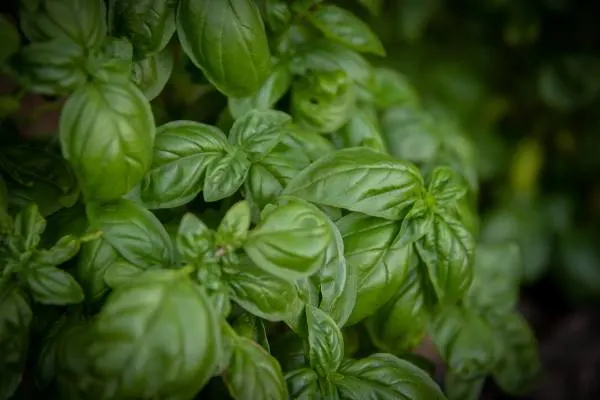
2. Beans
Planting bush beans or pole beans with your cantaloupes can do wonders for your garden.
Beans work like magic as they soak nitrogen from the air and share it with your cantaloupe friends, increasing soil fertility and keeping your cantaloupe plants healthy.
When the beans are done, their roots break down in the soil, releasing all that stored nitrogen for your cantaloupes to enjoy.
It’s like a natural nutrient boost!
So, if you want a good companion plant for your cantaloupes, give them some bean buddies.
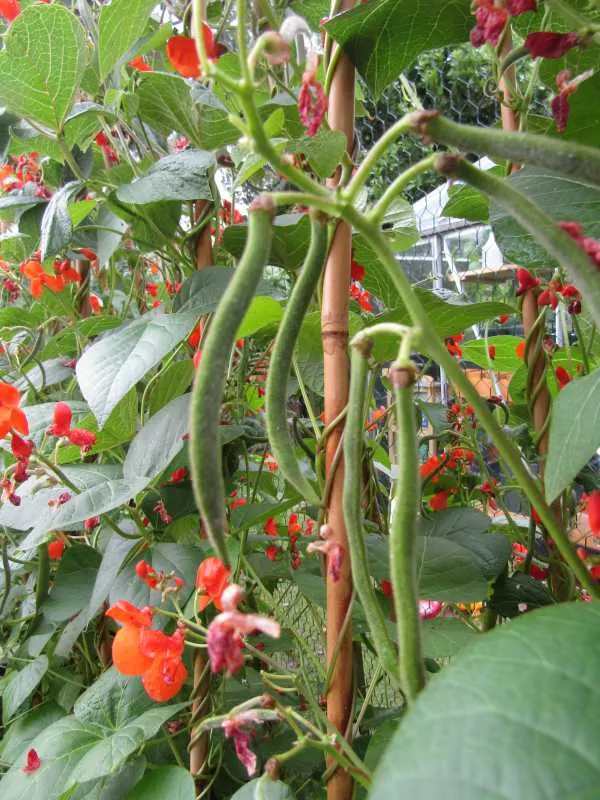
3. Borage
Let’s talk about borage!
When you plant borage alongside your cantaloupes, magic happens.
As borage breaks down, it gives your soil a boost of potassium and calcium, helping your melon plants thrive.
These nutrients are like a secret sauce for growing cantaloupe.
But that’s not all – Borage also throws a garden party by attracting pollinators.
These friendly bugs will be your garden’s bodyguards, keeping the common pests away and making sure your cantaloupes grow happily.
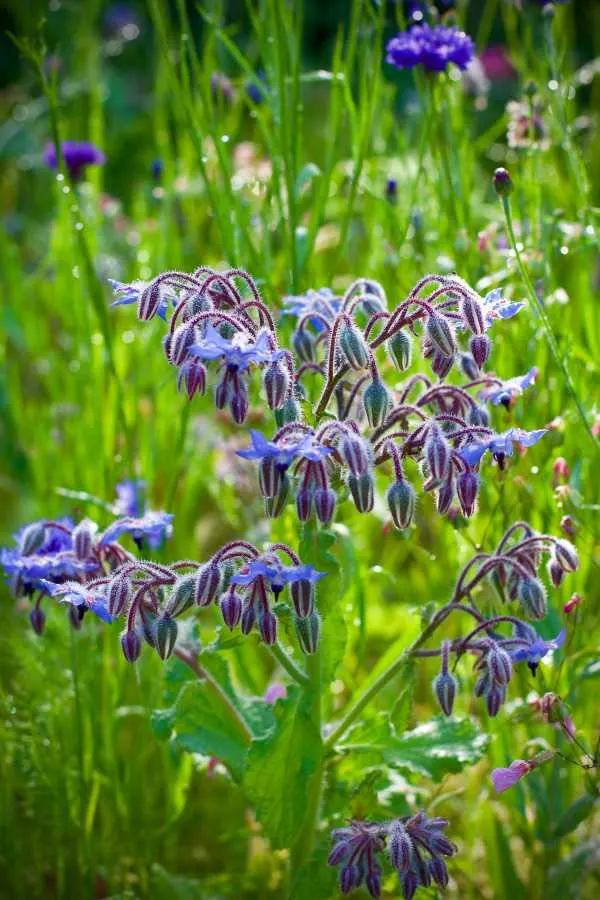
4. Carrots
Growing carrots alongside your cantaloupe plants is like having a helpful neighbor in your garden.
Think of carrots as great companion plants for your melon patch. They loosen it up, creating a comfy space of healthy soil for cantaloupe seedlings to settle in.
The excellent thing about growing carrots is that you can enjoy them at any stage.
So you can keep some in the ground when it’s time to plant cantaloupe seeds, and when those little cantaloupe sprouts start craving space, you can pluck out the carrots.
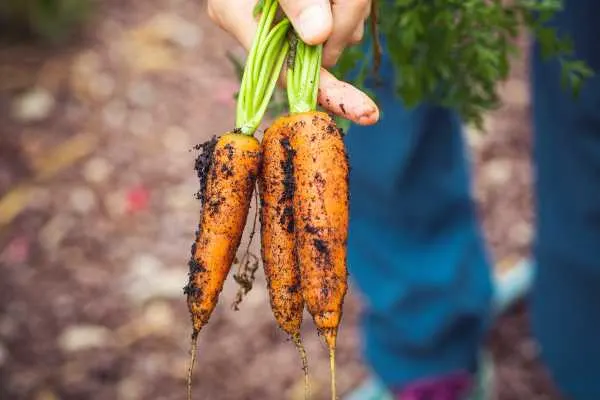
5. Cilantro
Cilantro isn’t a big fan of hot weather, but don’t worry!
You can plant it in pots or shady spots close to your cantaloupe plants to get some great benefits.
Cilantro plants will attract pollinators and other beneficial insects to your garden.
These beneficial insects not only provide visual appeal but also help in plant reproduction by pollinating flowers and keeping harmful pests away.
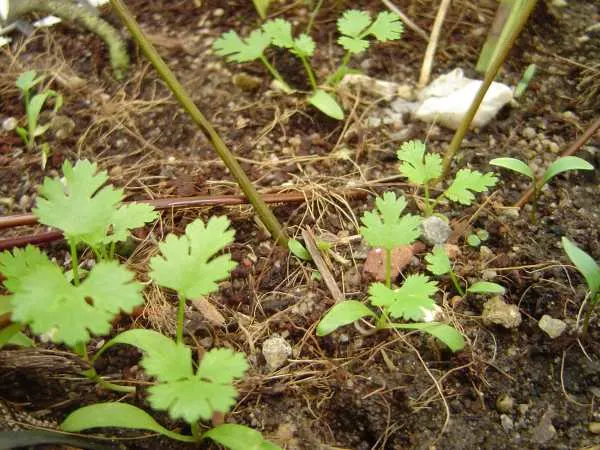
6. Corn
If you grow cantaloupe and corn together, it can be a smart gardening move.
Corn is one of the best cantaloupe companion plants.
They both help each other out in a natural way. Corn stands tall and strong, offering sturdy support for cantaloupe vines to climb and thrive. At the same time, those sprawling cantaloupe vines act like nature’s sunshade and regulate soil moisture by keeping the soil cool.
But that’s not all – these companion plants even team up below the surface!
Corn follows a nifty trick: it releases nitrogen into the soil, and guess what? Cantaloupes are like nitrogen sponges, soaking up this natural fertilizer.
This teamwork results in both plants growing healthier and stronger, giving you a garden full of delicious rewards.
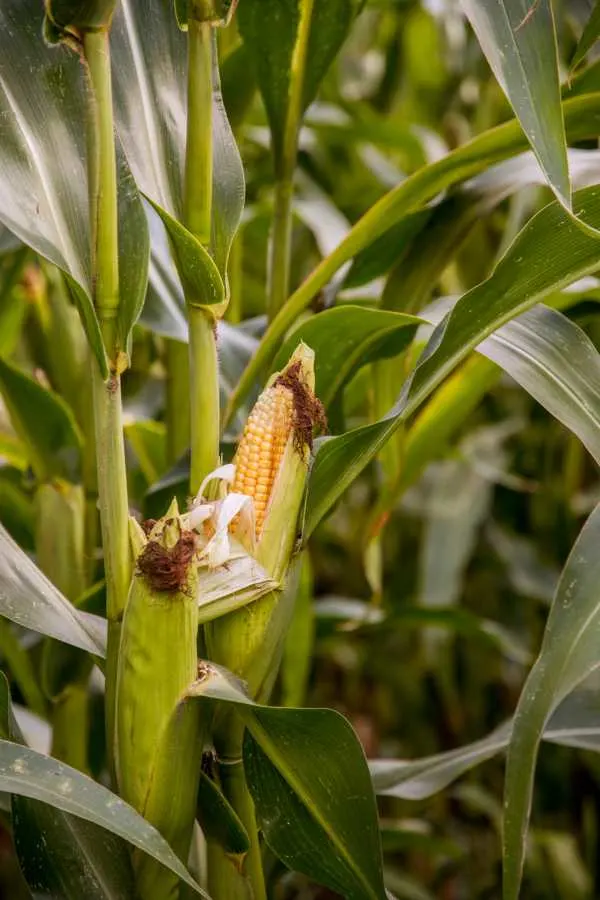
7. Dill
Having a flourishing garden where everything grows harmoniously is a goal for many.
Well, here’s a valuable tip: Consider planting dill, especially if you’re cultivating cantaloupes.
Dill is one of the best cantaloupe companion plants, which not only boasts a delightful aroma and taste but also attracts beneficial insects such as ladybugs and praying mantises, which are natural predators of garden pests.
Moreover, dill won’t overcrowd your cantaloupes; it grows in a neat and compact manner.
As an added bonus, dill can enhance the flavor of your cantaloupes.
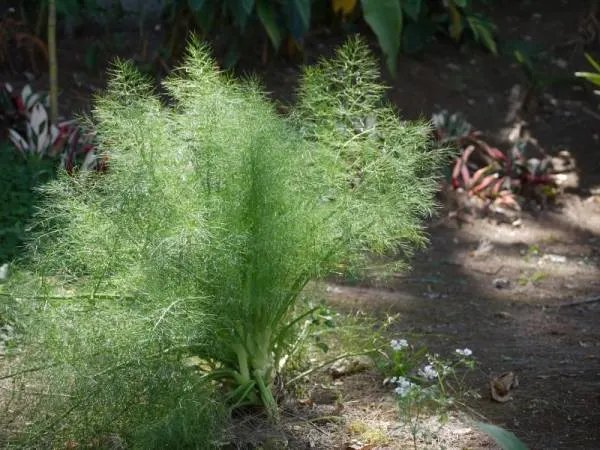
8. Garlic
Garlic can prove to be a helpful neighbor for your cantaloupes.
It’s not just for cooking; it can repel pests away from your delicious melons.
Squash bugs don’t like the strong smell of garlic, so if you place a few garlic plants near your cantaloupe, it’s like a natural bug repellent.
The best thing about growing garlic is that it won’t mess with your cantaloupe’s roots, except if you’re using elephant garlic.
So, feel free to plant them close if needed.
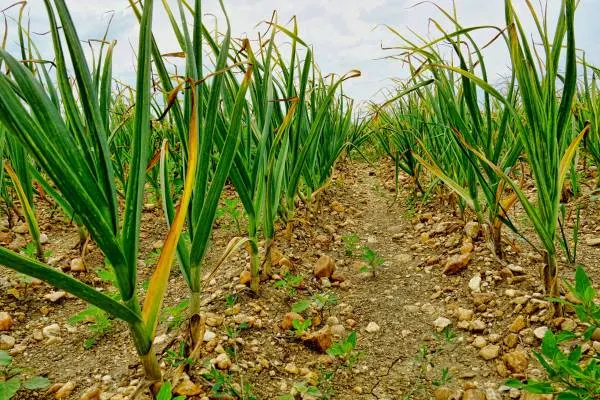
9. Lettuce
Growing lettuce alongside the vining plants of cantaloupe is like having a helpful gardening companion.
These fast-growing salad greens can be planted at the same time as your melons.
When your cantaloupe seedlings start reaching a few inches in height, it’s time to harvest some lettuce. Not only will this companion plant act as a natural weed barrier, but it will also provide a bit of shade when the sun gets hot.
So, give this garden pairing a try to make the most of your garden space and enjoy a bountiful harvest.
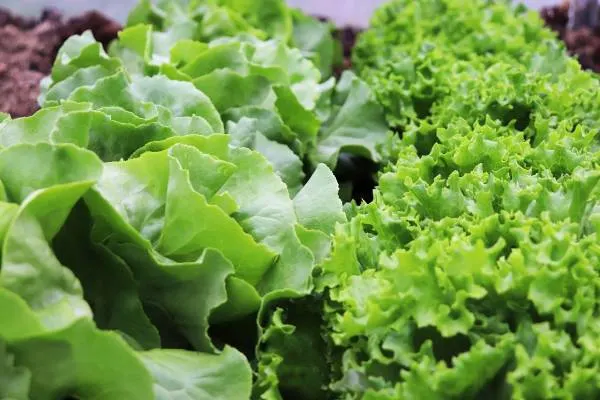
10. Marigold
Marigolds are the anonymous heroes in your garden when you’re growing cantaloupes.
These colorful and versatile flowers serve as a natural pest control squad.
Not only do they fend off annoying mosquitoes buzzing around your water-loving cantaloupes, but they also tackle nematodes that can hinder your sweet melon growth.
These cheerful cantaloupe companion plants are not only practical but also add a splash of beauty to your garden. So, consider planting them on the garden’s edge or in a nearby container to reap these companion planting benefits.
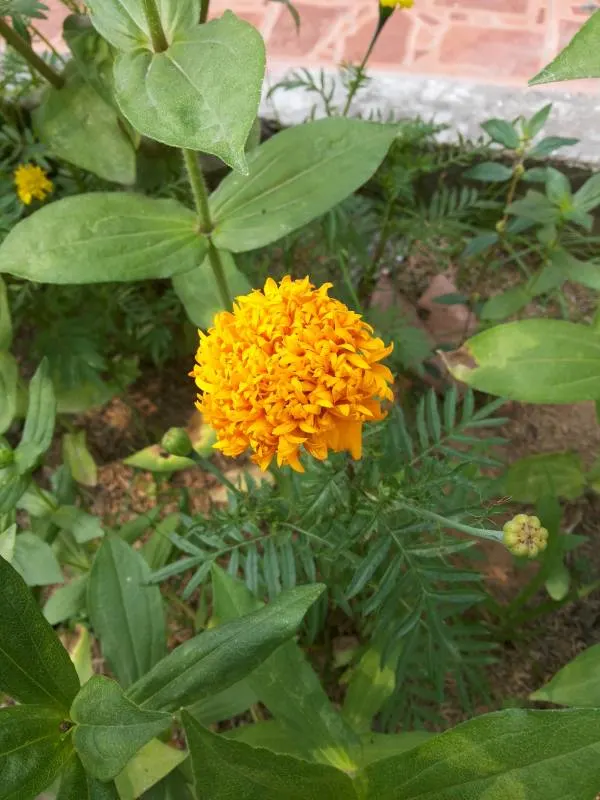
11. Onions
Onions are always ready to fend off unwanted pests – think of them as the ultimate protectors against intruders like:
Squash beetles
Aphids
Caterpillars
They are a bit bigger than garlic, so remember to give them room to breathe without overcrowding your cantaloupes. But don’t keep them too far away either. Plant onions close enough to your cantaloupes, and watch as their vines create a protective shield, ensuring those pesky invaders stay far away.
Let these cantaloupe companion plants stand guard, ensuring your plant melons thrive pest-free, basking under the warm embrace of the sun.
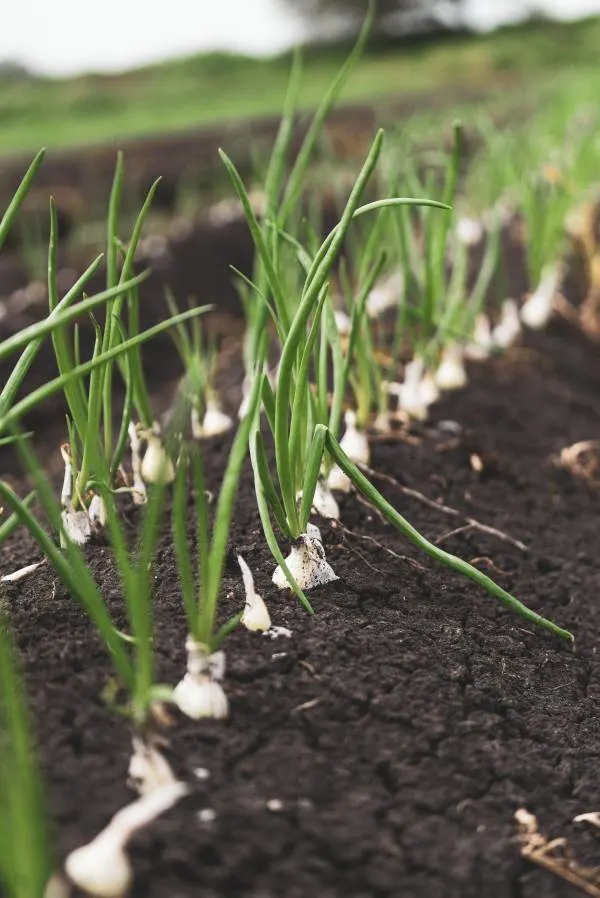
12. Oregano
Oregano, the flavorful herb we all love in our dishes, can also be a reliable ally in your cantaloupe companion planting.
It naturally repels pests around your cantaloupes, warding off aphids, harmful insects, and spider mites. It’s like having a guardian herb in your garden. But wait, there’s more – oregano isn’t just good for your plants; it’s rich in antioxidants and essential nutrients like vitamin K, iron, and calcium, making it a nutritious addition to your meals.
NOTE: Remember to plant oregano in a container or a bit away from your cantaloupe’s roots because it prefers drier soil.
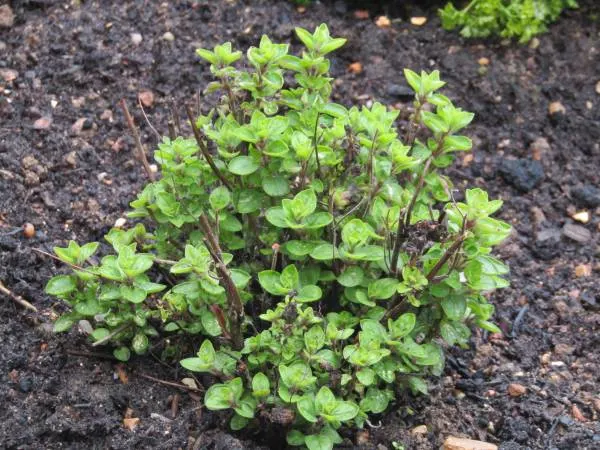
13. Radishes
Radishes might just be the unrewarded heroes in your cantaloupe garden, but these speedy growers are the ultimate problem solvers when it comes to companion planting.
When aphids start causing trouble, radishes attract beneficial insects like ladybugs and lacewings.
They’re nature’s pest control squad.
And here’s the cool part – you can plant radishes right alongside your cantaloupe seeds, ensuring a bountiful harvest of radishes even before your cantaloupes need extra space.
So, let radishes be your trusty garden companions for a thriving, delicious, and pest-free harvest.
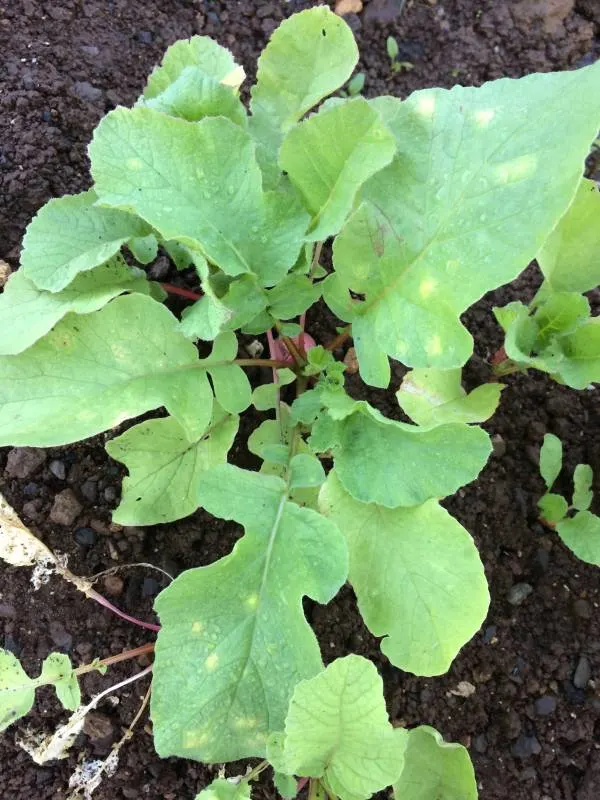
14. Tansy
Tansy effortlessly attracts beneficial insects to your garden as it acts like a magnet for buzzing bees, fluttering butterflies, and cheerful hummingbirds.
Its bright yellow flowers are a big hit with these pollinators.
But here’s the twist: while it’s beautiful and helpful, planting tansy right next to your cantaloupes might not be the best idea.
Why?
Well, tansy can shoot up to five feet tall and create too much shade. Plus, it’s a pro at making new tansy plants all by itself, which sounds cool until it turns into a pesky weed. So, it can become a wrestling match between the compact growth habit of your cantaloupes and tansy for space – who’d win?
That’s a tough one to predict.
All you need to do is plant tansy nearby and give it a little trim when it gets too cozy.
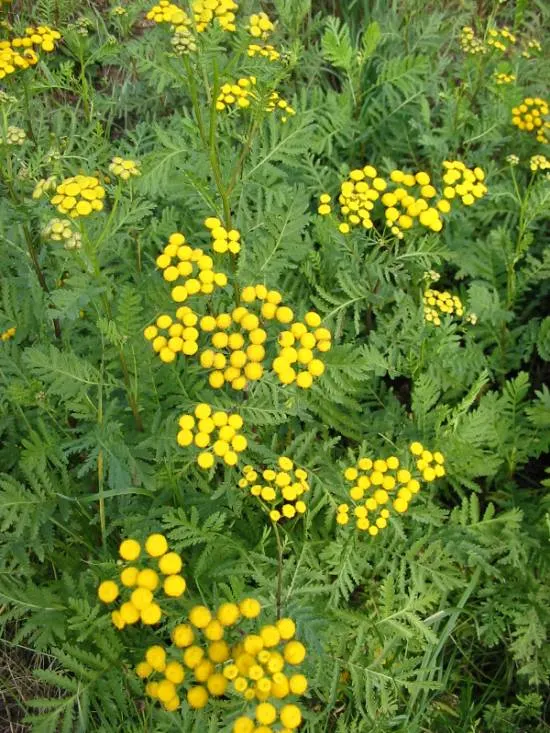
15. Wild Flowers
When growing cantaloupes, it’s a clever idea to have some wildflowers nearby.
These colorful blooms attract pollinators and beneficial insects like bees and butterflies to the garden.
See, cantaloupe plants on their own don’t do a great job of attracting these helpful insects.
Their flowers come and go in a flash!
But when you add wildflowers, it’s like setting up a buffet for the pollinators.
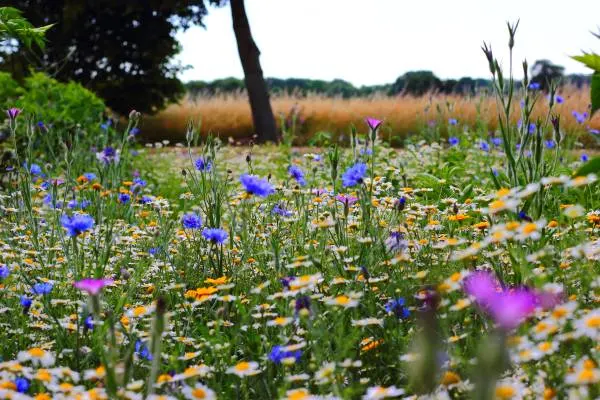
Worst Companion Plants for Cantaloupe!
While you have a lot of options when choosing companion plants for your cantaloupes, be cautious of the troublemakers because these uninvited guests can bring diseases, harmful pests, and nutrient competition.
Let’s discuss them in detail as well so you can prevent your crop from ruining.
1. Potatoes
Growing cantaloupes alongside potatoes might seem like a convenient idea, but it’s best to keep them apart in your garden.
The reason is that potatoes have deep roots that love to keep all the nutrients in the soil, leaving your cantaloupes feeling a bit malnourished. Moreover, planting potatoes attract aphids, and you know what happens when aphids feed on garden plants.
To add to the trouble, potatoes can get all mushy if the soil stays too damp, which isn’t the peaceful home that your cantaloupes deserve.
So, avoid planting potatoes near your cantaloupes.
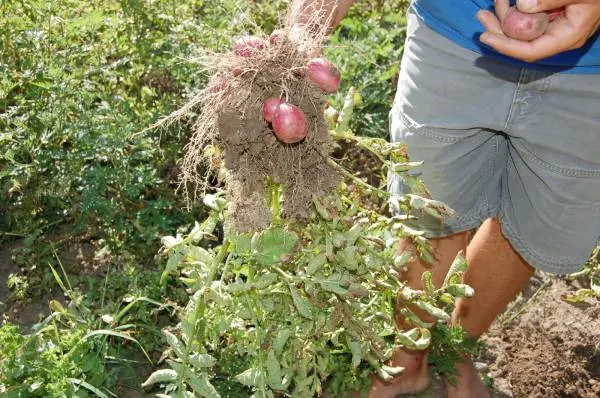
2. Cucumbers
Growing cucumbers and cantaloupes side by side in your garden isn’t a great idea.
You see, cucumber beetles absolutely love cucumbers, and if you plant them near other crops, it’s like giving those cucumber beetles an open invitation to feast on your other plants as well.
Both cucumbers and cantaloupes crave a lot of sunlight, but if they’re too close together, they’ll end up competing for it, and one of them will suffer.
So, if you want the best results, it’s wise to keep them in separate rows.
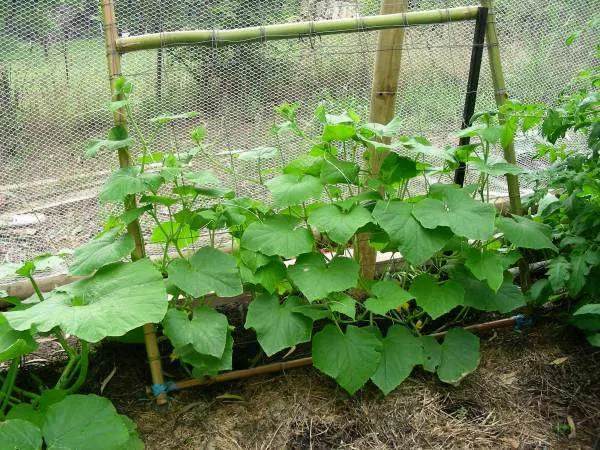
3. Watermelons
Here’s a handy gardening tip: never plant cantaloupes and watermelons next to each other.
Even though they’re related, these melons can be a bit like siblings fighting for attention. They’ll compete for room, and sunlight, and attract the same pests that ruin your garden.
This competition can slow down their growth and leave your plants vulnerable.
To help your cantaloupes thrive healthy, make sure to give them their own space to grow strong and healthy.
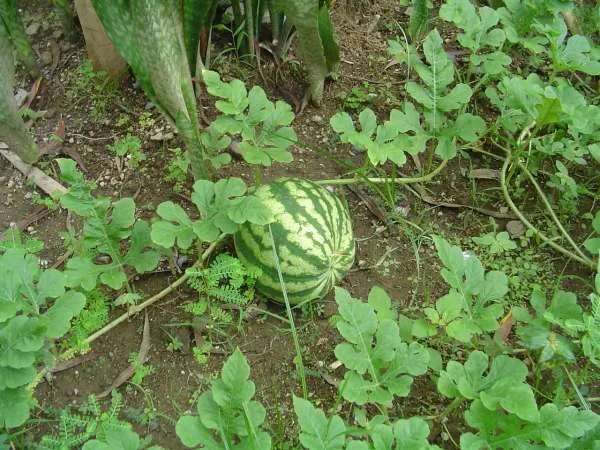
That’s all for today!
Now it’s time to move toward the conclusion.
Conclusion!
In the garden of life, where cantaloupes grow like sweet dreams, the concept of companion planting shines as a beacon of wisdom.
Just as friendships enrich our lives, these green allies nurture our beloved melons.
From basil’s fragrant embrace to marigolds’ vigilant watch, these companions weave a tapestry of harmony, warding off pests and bestowing nutrients upon our cantaloupes.
But be aware of some companions that are troublemakers as they can cause problems for your cantaloupes instead of benefiting them.
Ready to transform your garden into a cantaloupe paradise?
Start planting these companion herbs and veggies today, and watch your melons thrive!
Best Regards,
Moiz Atiq.
